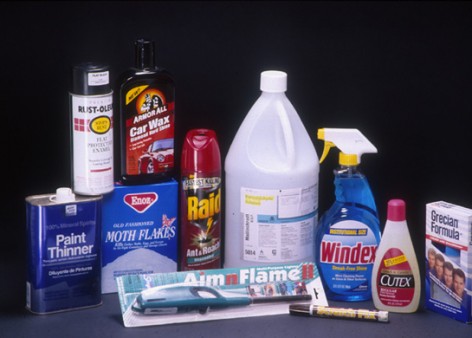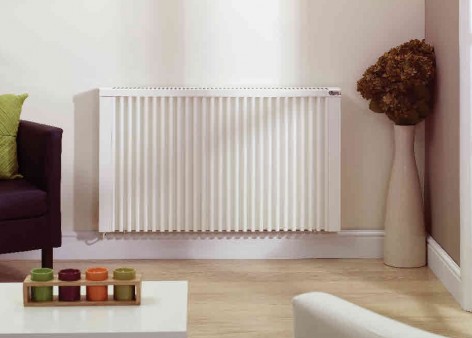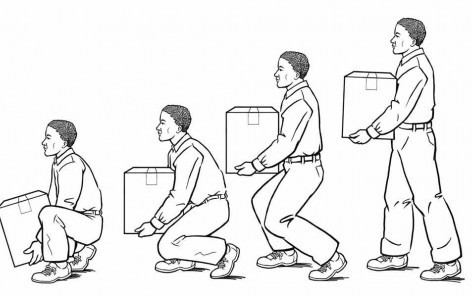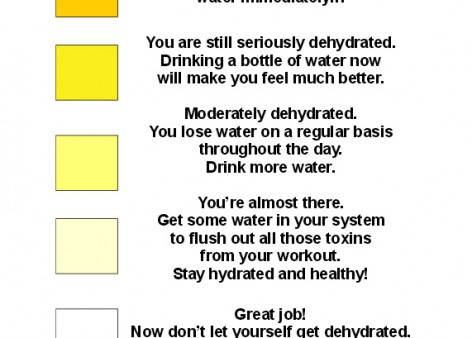
Safety Tips: Home Fire Prevention and Preparedness
Fires and burns continue to be the third leading cause of unintentional injury death at home. In 2002 alone, 2,200 people lost their lives in home fires. Particularly at risk are the very young and the very old. Follow the safety tips listed below to protect yourself and your family.
Smoke Detectors
- One is definitely NOT enough! Every home should be equipped with smoke detectors on every level, particularly outside of sleeping areas.
- Ensure that your smoke detectors are tested monthly and batteries are replaced twice a year. Change batteries when you change your clocks.
- Encourage children to help test the smoke detectors. Familiarize them with the sounds of the alarm(s).
Fire Extinguishers
- Keep an all-purpose fire extinguisher in your kitchen (one rated for grease fires and electrical fires.)
- It’s a good idea to keep fire extinguishers near the furnace, garage, and anywhere else a fire may start. These extinguishers are affordable, life-saving equipment for your home.
- Make sure every able-bodied member of the family is trained and familiar with the proper way to use the fire extinguishers.
- If you must use an extinguisher, make sure you have a clear way out in the event you can’t put out the fire.
Flammables
- Keep matches, lighters and candles out of reach and out of sight of children!
- Smoking is dangerous! No one should ever smoke in bed. Make sure that cigarettes/cigars are extinguished properly before dumping ashes.
- Avoid grease build-up in the kitchen and on appliances. Cooking fires are common. Don’t leave food cooking on stovetops unattended.
- If a fire should occur, suffocate it with a pot/pan lid or a cookie sheet, or close the oven door.
- Around the holidays, Christmas trees are a primary concern. Consider using an artificial tree that is labeled “flame resistant.” If you do use an evergreen, water it daily to keep it from drying out. Make sure to inspect stringed lights and window ornaments annually for deterioration.
- Dispose of materials from fireplaces and grills in non-flammable containers.
- Never put children to sleep in “day” clothes. Fire-retardant sleepwear can make a difference in burn outcomes.
Electrical Safety and Heat Sources
- Make sure your electrical system is not being over-taxed. This can cause a fire. Do your lights dim or flicker when extra appliances are plugged in? If you have questions or concerns, consult a certified electrician.
- Inspect wires. If you find any worn or exposed wiring from appliances, discontinue their use immediately! A fire is imminent!
- Space heaters can be dangerous if not used correctly. Make sure yours will automatically shut off if tipped over. Consult the operating instructions to make sure you are using space heaters, gas fire places, and other heat sources as intended by the manufacturer. Keep all flammable materials away from heat sources! If there are young children in the house, make sure space heaters and hot water heaters are inaccessible.
- Chimney fires are common. Have your chimney inspected and cleaned annually.
- Keep appliances unplugged when not in use.
Escaping a Fire
- Keep bedroom doors shut while sleeping. If you think there is a fire, feel the door and knob for heat before opening.
- Have an escape route for each area of the home and a designated meeting place outside.
- Draw a map-one that’s easy for all members of the family and visitors to understand.
- When planning for a family with young children, be sure to teach them not to hide from fire or smoke and to go to firefighters who are there to help them.
- All children should be familiar with the ideas of “crawling underneath the smoke” to escape a fire. “Stop, drop and roll” is another safety principle that must be ingrained into children’s minds.
- Multi-storied buildings are of special concern. Ensure that everyone is familiar with how to use an escape ladder if necessary.
- Make sure every sleeping room has two means of escape in the event of a fire. Windows provide a secondary means of escape. Ensure they are in proper working order, are not painted shut, and guards are able to be disengaged in case of fire and escape is necessary through that window.
- Everyone must understand that once you escape, you must never reenter a burning building-no matter what you might have left behind.
- Call emergency responders (911) from a neighbor’s house.
- Make sure to practice your escape plan periodically. It will be easier to remember in case of an emergency.
- Young children should know their street address and last name (and, of course, how to dial 911).
- After you’ve planned for the family, don’t forget the pets. Alert firefighters about your pets. Don’t rely on window or door decals to alert firefighters-such decals are often found to be outdated. In the event your pet suffers from smoke inhalation, rush the animal to the vet.





























